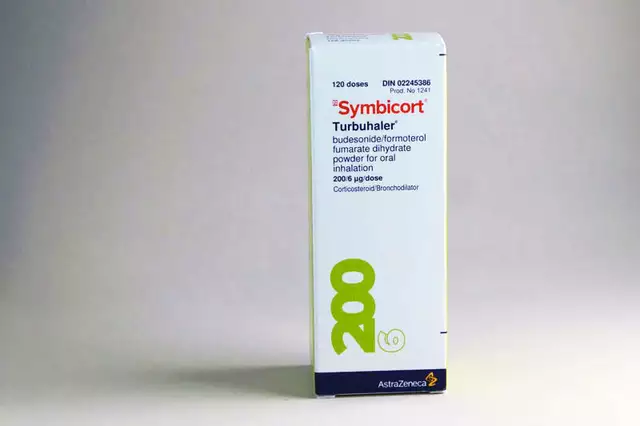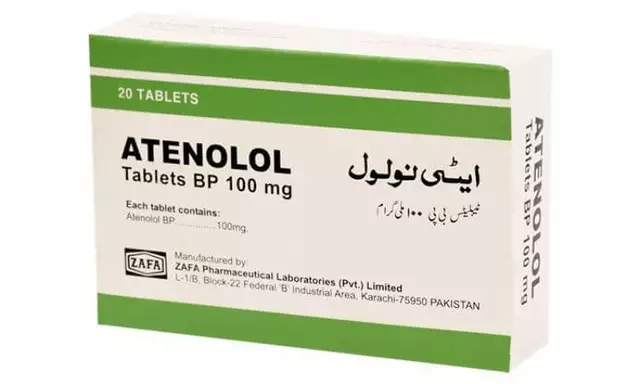High Altitude Research: How Altitude Changes Health and Medications
At 8,000 feet your body starts to behave differently — breathing, blood flow, and even how drugs act. This page pulls practical findings from high-altitude research so you can travel safer and plan medication use when you climb, fly, or move to a high place.
Short-term body changes are clear. Lower oxygen triggers faster breathing and a higher heart rate. You lose more water through breathing and urine, which can concentrate your blood. Those shifts change drug absorption, distribution, metabolism, and excretion. For example, slower stomach emptying can alter how fast pills kick in. A higher hematocrit changes the ratio of drug in blood versus tissues.
Some medicines used specifically for altitude problems are well studied. Acetazolamide helps prevent acute mountain sickness by speeding up breathing; dexamethasone treats severe altitude brain swelling; nifedipine and sildenafil can help with high-altitude pulmonary edema. Each has benefits and side effects, so talk with a clinician before you start any of them.
General drugs you already take may act differently too. Research and clinical reports suggest sedatives, alcohol, and narcotics can feel stronger at altitude — sedation plus low oxygen raises the risk of breathing problems. Blood pressure drugs may need monitoring because altitude affects vascular tone. Blood thinners and drugs cleared by the liver might require closer lab checks, especially during rapid ascent or prolonged stays at altitude.
Practical tips you can use today: - Ascend slowly. Give your body 24–48 hours to adapt for every 1,000–1,500 feet over 8,000 feet. - Stay hydrated and eat regular meals to keep drug levels stable. - Avoid extra sedatives and limit alcohol while your body acclimates. - Carry a list of medications and original prescriptions; bring a pulse oximeter if possible. - Discuss preventive acetazolamide if you have prior mountain sickness or rapid travel plans.
If you’re a clinician or researcher, monitor patients’ oxygen saturation and consider therapeutic drug monitoring for narrow-window drugs. Document any unusual responses to routine medications and report them — real-world altitude data help shape better guidelines.
On this site you’ll find practical drug guides, safe online pharmacy tips, and condition-specific articles that complement high-altitude advice. Read specific medication pages before trips and check updated guidance with your healthcare provider.
If you plan a high-altitude trip, use this page as a starting point: adjust plans early, know warning signs of AMS, HACE, and HAPE, and get medical advice about any dose changes or preventive meds. Stay safe and keep an eye on oxygen — it’s the single most important factor up high.
Quick note: travel pharmacies often have different brand names, so compare active ingredients not just labels. If you need refills, plan ahead for shipping delays and customs. For long-term stays, get baseline blood work and mental health checks, since sleep disruption and mood shifts are common at altitude. Talk to colleagues or local clinics about practical dosing tips for shared cases.
Keep notes, monitor symptoms, and adjust care with professionals.

The Future of Mountain Sickness Research and Treatment
Hey there, fellow mountain enthusiasts! Soaring to new heights isn't without its challenges, and altitude sickness is a hurdle we all might encounter. I've been delving into the future, uncovering the latest breakthroughs and potential cures that can make our ascents safer. We're talking cutting-edge research and next-gen treatments that promise to keep those dreaded symptoms at bay. Join me as we explore the advancements that could revolutionize our high-altitude adventures and ensure that our mountain experiences remain exhilarating, not nauseating.
Health and WellnessLatest Posts
Tags
- online pharmacy
- medication
- dietary supplement
- side effects
- online pharmacy UK
- medication safety
- mental health
- impact
- online pharmacies
- dosage
- skin health
- health
- pain relief
- dietary supplements
- massage therapy
- medication side effects
- eye inflammation
- health benefits
- mental health treatment
- thyroid medication




